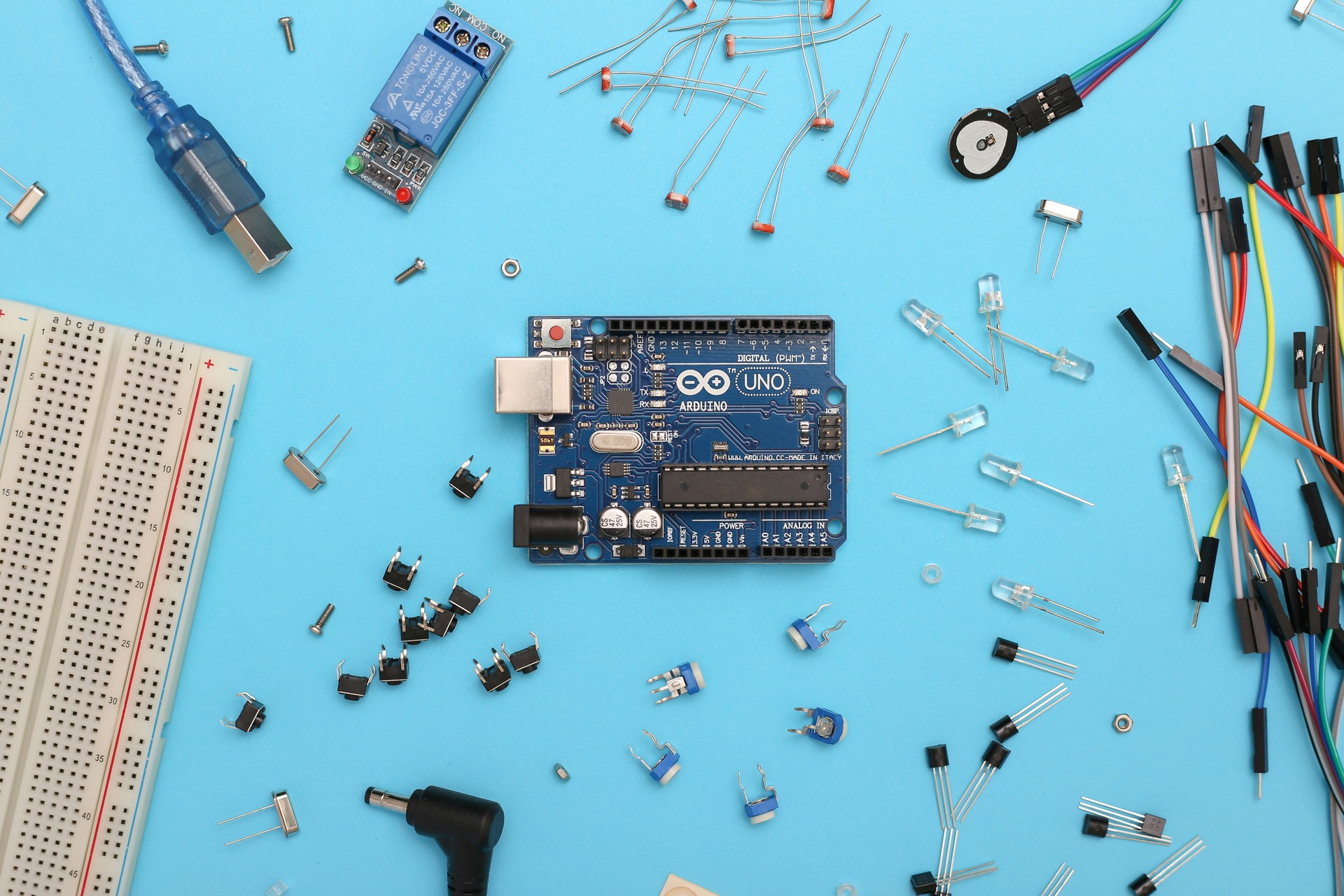Tech blogs like to throw around a lot of phrases that may catch you off guard. Browsing through articles about science, health and the environment can leave you with questions like “what is food technology?” Well, it turns out it’s pretty essential.
Food technology is the process of using science to improve the production and preservation of products. It’s the practical application of food science, which is the study of the makeup and lifecycle of food. Things like pasteurized milk, instant ramen and genetically modified organisms (GMOs) are all the results of food technology.
You may not hear people talk about it much, but food technology is a crucial practice. Although the word technology makes it sound revolutionary and new, it’s been around for a long time.
A Brief History of Food Technology
It’s difficult to pin down the exact origins of food technology. You could argue that it began when ancient cultures learned how to cultivate crops and domesticate animals like cows. You can find examples of more modern food tech applications as early as the 19th century.
In 1810, French scientist Nicolas Appert developed the canning process, a significant step in food preservation. Other food tech developments in the 19th century include pasteurization and decaffeination. As with many other sciences, food technology advancements continue to grow mostly out of necessity.
Throughout the 1800s, food technologists focused on extending shelf life as people shipped more food across long distances. With the prosperity of the mid-20th century, experts shifted toward increasing crop yields and improving flavor. In the past few years, there has been another notable change in food technology.
You’ve probably noticed that a lot of science as a whole nowadays is focused on protecting the environment. Modern food technology has the potential to engineer sustainable foods, leading to more eco-friendly agriculture.
Modern Food Tech Applications
One of the most promising aspects of food tech today is bioengineering crops. While you may be hesitant when you hear about GMOs, genetically modified produce can be a critical factor in sustainable farming. You don’t have to worry about your health, either, because GMOs are perfectly safe to eat.
Scientists can create strands of crops that take fewer resources to grow. That way, the agriculture industry won’t use as much water or farmland to produce the same amount of food. GMOs can also be more resistant to environmental changes and pests, leading to greater harvests and fewer hazardous pesticides.
Modern food technologists are also looking to improve the nutritional value of food. Developments in this area help you maintain a healthier diet, whether you realize that you’re eating nutritious items or not.
Some older applications of food tech are still relevant today. Preservation techniques have come a long way since the cans of the 19th century, allowing you to store a wider variety of food for longer. Some technologists are also still using science to alter taste, which can have a positive ecological impact.
Vegetarian “meat” is one of the most familiar examples of modern food tech. Companies like Impossible Foods and Beyond Meat use food science to make sustainably-grown vegan items that taste like real meat. Vegan meat alternatives are not only healthier but have a smaller environmental impact than meat from animals.
The Future of Food Tech
People will always need food to survive. As the population grows and natural resources shrink, optimizing food production, preservation and nutritional value becomes all the more essential. With more schools offering food technology programs, we could be on the verge of a new food science revolution.
Food technology has revolutionized what and how people eat, and it can do it again. With enough support and research, food tech can change the world.
Recent Stories
Follow Us On
Get the latest tech stories and news in seconds!
Sign up for our newsletter below to receive updates about technology trends




